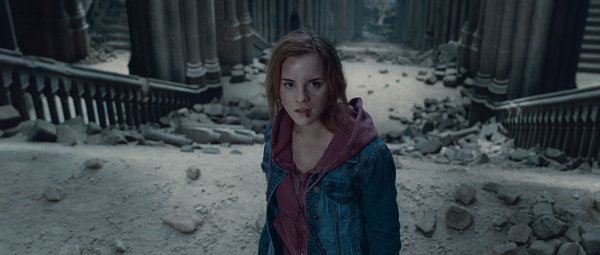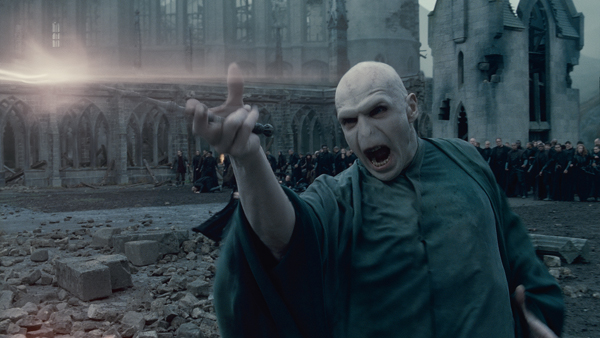Cinesite’s Managing Director Antony Hunt has served as Executive Producer on all eight Harry
Potter Films, giving him an interesting perspective on the effect the series has had on visual
effects vendors in London.
 |
|
| When the first film came to the UK only a handful of local companies could accommodate a reasonable body of the work, mainly due to its complexity. Consequently, ILM took on about 50 per cent of the VFX shots.
Art and Science With that first film, the UK vendors had a chance to prove themselves. With each subsequent film more and more work was done in the UK, though ILM remained a significant vendor. Antony said, “As the software, art and science of VFX has improved, it has given Warner Bros the confidence to do more work in the UK. The effect has been self-sustaining – the complexities of this work, especially fluid dynamics, particle systems in extravagant sequences combining 2D, 3D, creature animation and so on had typically been associated with US vendors and Weta. “Now, London’s companies can easily handle 1,500 to 2,000 shots on a movie, spread across three to four facilities, even when working on other projects simultaneously. The VFX content has tended to be distributed fairly evenly among the companies for all eight films, with work on the model unit added to that.” |
|
 |
|
| Dragons and Wand Battles Antony feels that the complexity, variety and volume of VFX work have generally increased with each film. The vendors have responded to the increase, as well as the greater expectations for quality, with a boost in R&D during preproduction. As each script is developed, it has to be tailored to the Harry Potter books. He wonders if some of the effects achieved recently could have been done back when the franchise started. “Photorealism and believability, for example, have improved tremendously,” he said. “Furthermore, many viewers don’t realise how many invisible effects are involved in the films, on top of the dragons and wand battles. Photoreal virtual environments – required to help manage cost, scheduling or safety have been very important – and need to be created with great accuracy and realism to avoid spoiling the illusion or the story.” R&D for Harry Potter has also resulted in new tools, for example, Cinesite’s skin shader for facial work on Lord Voldemort. The shader’s development has involved perfecting skin textures, figuring out how to control and manipulate the camera moves and replicating the lighting on set for actor Ralph Fiennes. “A critical part of his face has been replicated but without losing his performance. It’s not just a matter of losing his nose,” said Antony. “Environmentally, on this last film Cinesite’s work on the marble staircase involved a new texture and lighting pipeline. This helped the artists turn around versions very quickly while matching on set lighting exactly. It was a big push to create tools to handle this. No Risk Each film required 18 months to two years of work, with a slight gap before starting another. It was a constant process of developing, pitching and carrying out ideas and has required investment - capital investment plus time spent on R&D. “The consistency of the Potter franchise has been a good learning ground. It’s no longer considered a risk to make a large budget film with a UK vendor, and the price is competitive,” Antony said. www.cinesite.com |
|


















